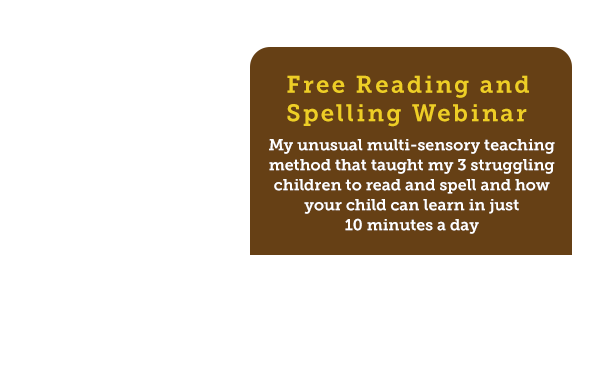As we all know, there are 26 letters in the English language, A-Z. Each of these letters makes a different sound or sounds in words. When I teach the Speech to Spelling Code™, I say there are a total of 46 spoken sounds for these 26 letters.
Individual units of sounds are called
Phonemes.  When we use them to teach children how to read this way it is called Phonics.
When we use them to teach children how to read this way it is called Phonics.
Phonemes are single units of sound and should not be confused with syllables, they are different things. Syllables are chunks within a word or the rhythm of a word. For example, in hipp-o-pot-um-us there are 5 syllables but 11 phonemes.
Children also use phonics in writing, when taking a spoken word and sounding it out to enable them to spell it and write it down.
Now let’s look at some phoneme examples;
In the example of ‘cat’, there are 3 phonemes and the letter A, makes the short a- sound, but the word ‘cat’ only has one syllable.
cuh i— tuh e
3 phonemes, 1 syllable
and a silent letter
Kite also has one syllable and 3 phonemes but also has a silent letter E which is shown in grey. The silent e causes the letter I to have a long i— sound, but it doesn’t have its own sound in this word.
The last example here has 7 phonemes and 3 syllables.
Cuh a- rrr a- cuh tuh er
In this example, the 7 phonemes make up 4 consonants sounds and 3 vowels sounds. The letter A, again makes the short a- sound. If we were looking at the syllables it would look like this: char – ac – ter, 3 syllables.
When a child is learning how to read, learning phonemes is very important. This is because children need to be able to manipulate the phonemes to be able to decode words more easily.
An example of this is words like; had, bad, sad and mad or cat, sat, bat and mat. In these examples, only the beginning phoneme has changed and there is a letter and sound pattern.
Children need to be shown how to identify these phonemes in words. Sometimes two letters together make a particular sound like the letters ch in the words chip, chap and chop or sh in words like ship, shop and shot. This blend of letters to make one sound is called a consonant digraph. In the Speech to Spelling Code™, we call them ‘special partners’ and they are always dark green in colour.
So, that’s my short introduction to phonemes, how they are used and why they are important for your child to know. You also have an insight into The Speech to Spelling Code, where I use a small dash (-) to indicate the short vowel sounds and a long dash (—) to indicate the long vowel sounds. I also use red colour for vowels, blue for consonants, dark green for special partners and grey for those silent letters.
If you would like to know more about the Speech to Spelling Code, there’s a lot more to it, you can watch a webinar about it here where I explain it in more detail.
Currently, we are working on a series of readers which will incorporate the Speech to Spelling Code, making every word in these readers completely decodable from start to finish.
STAY TUNED…………………… I’ll let you know when they are ready.




















I would love any info you have on phonics.
As I am a learning support teacher aide who works with a lot of Dyslexic Children and would love to find a ways to help them get the phonological awareness up to bench Mark and help them achieve goals easier for themselves.